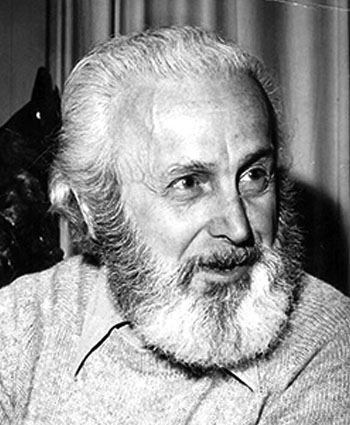Widely known for his groundbreaking design called “Unified Arabic”, Nasri Khattar, a dual American-Lebanese national, was an architect, type designer, painter, sculptor, and poet. He pursued his early education at the American University of Beirut, and then in 1940 earned an M.A. in Architecture from Yale University, New Haven, Connecticut. This led him to work with Frank Lloyd in Taliesin, Spring Green, Wisconsin; and in Taliesin West, in Scottsdale, Arizona. In 1947, he submitted his Unified Arabic designs to the U.S. Patent and Trademark Office resulting in a patent for the printed form of Arabic in 1950. The Ford Foundation awarded him a grant for the years 1958-1961 to promote his Unified Arabic type system. While in Beirut, Lebanon, he issued new character sets that were both cursive and connected, thus reproducing the Arabic script, but based on his original “unified” concept. In 1986, Reverend Dennis Hilgendorg and Dr. Ben Wood, Director of Educational Research at Columbia University, nominated Mr. Khattar for the Nobel Peace Prize for his life’s visionary achievements and their vast implications for the fields of linguistics, literacy, printing, computers, and telecommunications.
29LT Typefaces designed by or with Nasri Khattar
3 Styles-50%
الموحدة
3 Styles-50%
الأبجدية
